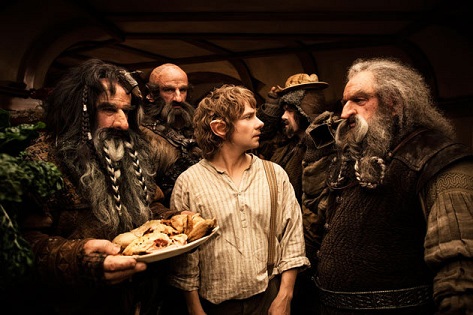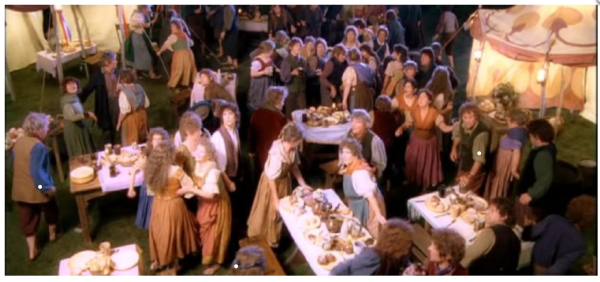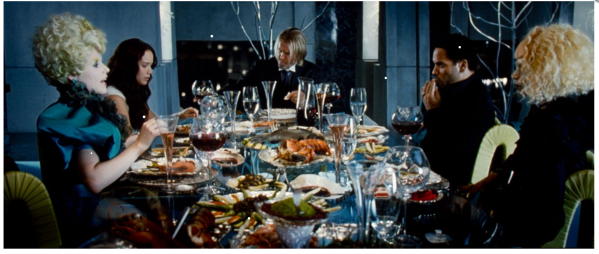 |
| Our furry boy at 6 weeks (2007) |
Our Labrador Retriever turned eleven this past August. Other than the fact that our yellow
fellow was taken home by us (I swear the Universe planned this), the hand he
was dealt with has been a tough journey. Plagued by allergies (cats, fleas,
trees, grass—you name it) that required shots and pills before he hit
one-year-old, tearing his anterior cruciate ligament (ACL) in his back left leg
when he was two, and having a tumor on his chest removed at five, I’d say he
has paid his dues. Our furry guy is still on allergy meds, but I removed the
shots from his treatments when we moved down to southern Ontario, and was glad
of it since they proved to be expensive over the years. Poor dog must have been
allergic to all those pine trees up north! LOL!
Don’t get me wrong, there’s been plenty of
blessings and good times too. More than I can count. So when our old boy’s back
legs were giving him trouble because arthritis had set in (mostly from his ACL
repair), we had to do some hard thinking. Presently, he’s on pain medication (five
pills a day), and I still haven’t counted out Cannabis
Oil to ease his pain now that it’s legal in Canada. However, before I try
that, I thought I’d invest in some therapeutic laser therapy for him to help
relieve his pain. I must say, the results surprised me, and has added to the
quality of life for our senior dog.
So what exactly is laser therapy, and how does
it work on dogs?
 |
| Getting his treatment. So relaxed! |
I won’t bore you with the studies or science,
so simply put when laser light (using a long wand with a wide head) interacts
with tissue it causes certain photochemical reactions to occur and stimulates
natural biological healing processes, thus transforming light energy into
chemical energy. There’s absolutely no damage to cells and doesn’t burn. In
fact, getting a treatment seemed to relax our dog. The therapy sessions take
about twenty minutes, and so far our dog has had about eight treatments.
Contact your veterinarian to ask about laser treatments if this is something
you think would be a good fit for managing your dog’s pain. If you want more
information about this procedure, please click HERE.
I found out about laser therapy for dogs
through Lina Ventura Kaput, the owner of Salubrity,
my local health store. When she mentioned that she did house visits, I booked
an appointment immediately! Each treatment costs around $40, but prices vary
depending where you live and what your veterinarian charges. My neighbors
noticed a considerable difference in the way our dog walked (his back leg
straightened) and he seemed not to lag too much on walks. A huge bonus as his
leg was turned out before the treatments.
 |
| Available soon on Kijiji...maybe! |
Another thing we’ve done to ease our old pup’s
life is building a dog ramp from the top of the deck. Of course when I say ‘we’,
I mean my hubby. If you’re thinking of doing this for your senior dog, you can
order ramps in different sizes online, or if you’re handy with tools, then you
might save some money doing it yourself. Though, a heads up. So far, our sucky
Lab refuses to use it. Pulling him up or down the ramp should be deemed an
Olympic sport. He’s not too happy about it. We’ve even dotted the ramp with dog
biscuits, but alas he only goes for the ones he can reach. This will be a work
in progress, so for now, I’m sure we can teach an old dog new tricks. At least
I hope so, or this ramp will be going up on the buy and sell! Any takers?

 The Lord of the Rings: The Fellowship of the Ring
The Lord of the Rings: The Fellowship of the Ring






